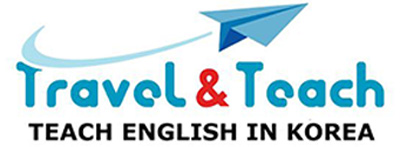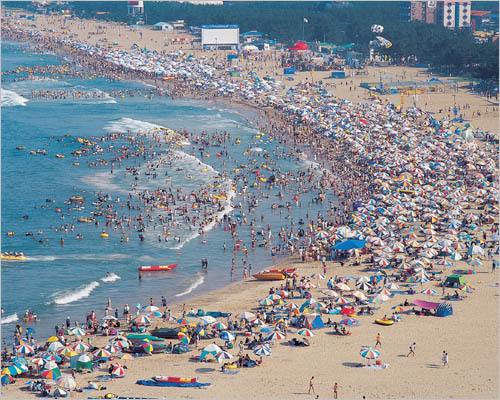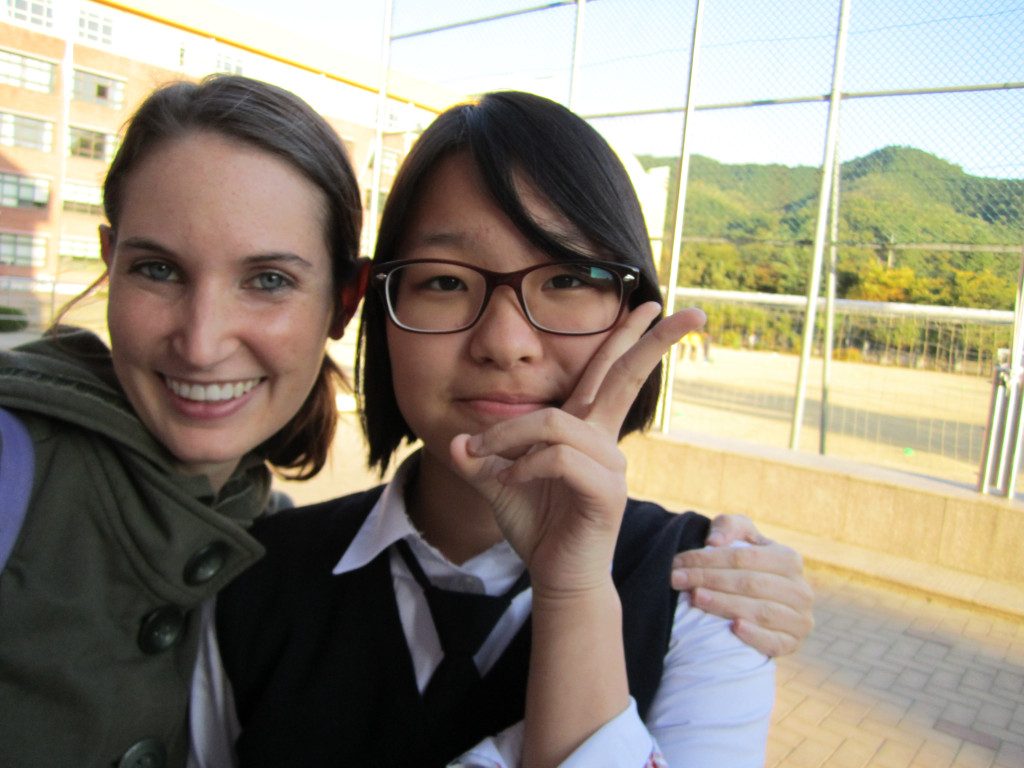During our interview with prospective teachers, the #1 response to the question: “Where do you want to teach in Korea?” is “Seoul or Busan”. After almost 20 years of placing teachers in Korea, we find it funny that the answer to this question has never changed!
However, there are so many other cities that offer so much more! Watch below as Harrison talks about his experience teaching in Gwangju, Korea.
You can then read more below about the following topics Harrison speaks about:
- The Process of Obtaining a Visa in Korea
- Why Seoul and Busan are Better to Visit than to Live
- Living in a Smaller City in Korea
- Afternoon Teaching Schedules in Korea
- Having Fun in the Classroom
The Process of Obtaining a Visa in Korea
As Harrison explains, after finding a teaching job in Korea the entire Visa process from start to finish takes about 2-3 months. This depends on a few factors, such as the documents you already have in hand and those that you are waiting on.
Another factor with regard to the length of time it takes to secure a visa is the time of year that you are applying, as Korean consulates and Korean Immigration offices tend to get backed up during the peak hiring times, which are in September and March each year.
Visa Delays due to Incorrect Documents
In past years, teachers would start the process of landing a job as an English teacher in South Korea by applying to Travel and Teach as the very first step.
From there we would have a phone interview, which would be followed up by sending the teacher the information needed to get started on collecting their documents.
These days, with so much information online, we are finding that teachers are applying to us with all of their documents already in hand.
However, a very common thing that is happening is that teachers are collecting the WRONG documents, meaning that they actually don’t have what they need for the Korean visa, resulting in them starting all over again.
Apply first, then Collect your Documents!
As Travel and Teach has been placing teachers since 2001, we are fully aware of all of the ins and outs of the visa process as well as the sometimes specific details of how Korean immigration expects the documents to be done.
So don’t do things backwards! Follow Harrison’s lead and apply to us first and then let us walk you through the visa process! It’s our job after all :)
Why Seoul and Busan are Better to Visit Than to Live
As mentioned above in the intro, most people who decide to become an English teacher in South Korea want to teach in Seoul or Busan.
Seoul is the capital and largest city in Korea, so it’s understandable how this would seem like the obvious choice.
Busan, is a city on the beach, so of course, this sounds like a great option as well.
However, as Harrison points out, Seoul is a great city that has everything you would want…BUT he doesn’t think that he would be happy living there. This is true for a lot of people who find this out after moving to Seoul.
Seoul is a over populated and can be overwhelming, especially if you are living there and dealing with the madness day in, day out. With little green space, small apartments and more demanding schools, it isn’t necessarily the best choice for everyone.
Busan is not the Beach Town you think it is
Busan is a great city to visit, but living there may not be for everyone.
While many people choose Busan as their most desired city to live and teach English in Korea, simply because they will be close to the beach.
While you will be close to the water, the beaches in Busan are not the same – or even similar to that of Hawaii!
On any given day, Hyundai Beach will have around 10,000 people on it.
To give a little perspective, trying to get to the water for a swim is like lining up for a roller coaster ride at Disney World – it’s a long wait!
The other ‘darker side’ of Busan that people don’t know about is that it is a port city, which means there are a lot of people coming through and then leaving.
This makes for a very high prostitution rate in Busan as well as a higher crime rate. While you will see a lot of Koreans in Busan, you will see more foreigners (other than English teachers) than you will in other cities across Korea.
So if you want the true Korean experience, live somewhere these issues don’t exist…but be sure to visit Busan, as it is definitely worth visiting!
Living in a Smaller City in Korea
Gwanju, a city with a population of over 1.5 million people – would not necessarily be considered a small city by North American standards.
However, when you compare the population of Gwangju to that of the entire Seoul metropolis which is 25.6 million people, it does seem on the smaller side by Korean standards.
As is with most smaller cities in Korea, Gwangju has a great community of English teachers. With less restaurants or bars to hang out, people tend to get to know each other more in the smaller communities, which makes it easy to find new friends.
And don’t forget – visiting any city in Korea is very easy as most cities are only a few hours away! Public transportation in Korea is cheap and easy!
Click here to see a list of the most unique weekend trips in Korea.
Afternoon Teaching Schedules in Korea
One thing that a lot of new applicants get surprised at are the afternoon schedules that many schools in Korea offer.
When thinking of standard school hours, it’s not common at all in North America for classes to be held in the afternoon until evening; however, as we are speaking about private schools and not public schools, these school hours are not uncommon in Korea.
Many schools these days have the kindergarten program, where teaching days would start around 9:30 am and finish around 6 pm.
However, some schools teach older students who are coming later in the day from their public school.
These hours for many are ideal, as they allow you to sleep in late and will allow you to take advantage of the entire morning before you have to get ready for school.
Also, in smaller cities like Gwangju, the teaching hours will be shorter, so you would leave school and then have time to go out for dinner or to do other activities with your friends/fellow co-teachers.
Having Fun in the Classroom
As Harrison explains in his video, Korean students work so hard on their studies in their public schools that once they get to his classroom, he believes they need a bit of a break and to have some fun.
While the parents of these students may not agree with this thinking, the results of allowing the kids to have fun while learning English will be much greater than if you only stick to the technical side of teaching.
So have some fun in the classroom but figure out how to do so while still teaching the curriculum that you are meant to teach! This can be done by incorporating games or quizzes that allow students to be fully engaged in the lesson.
If you are ready to take the next steps, go ahead and complete the Travel and Teach application form found here. If you have any specific questions for us, please don’t hesitate to contact us!
________________________________________________________________________________







